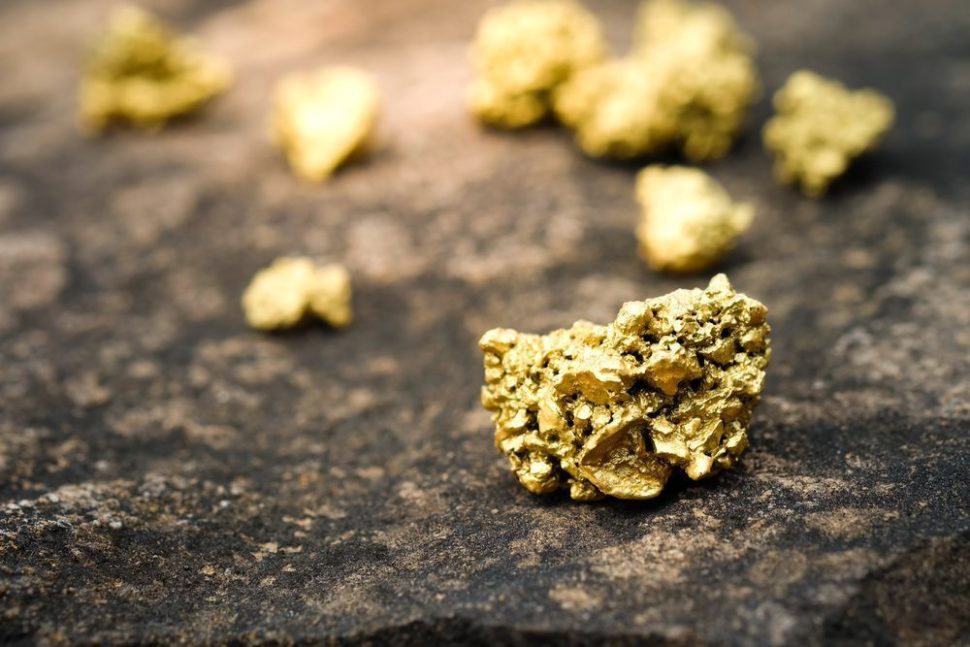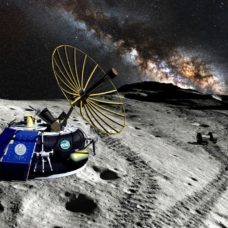With the gradual depletion of land-based mineral deposits, the mines of the future will be located at the bottom of the ocean.
The world’s economic output is on a steady rise, driven by the growth of emerging economies. To assist this growth, energy resources alone will not be enough. It will also be necessary to extract the basic mineral resources essential for worldwide industrial production as well as finding new deposits.
World's first deep-sea mine to be launched by Papua New Guinea in 2019Click To TweetWith the increasing global demand for metals and minerals, many land-based deposits are being depleted or are being exploited at an increasingly intensive pace to meet an ever-increasing demand.
Deep Sea Mines, Earth’s Last Exploitable Resource
Seabed contains large quantities of metals and minerals. Land-based deposits of similar composition have been exhausted on much of the planet.
According to the International Seabed Authority (ISA), marine nodules (lumps of minerals), which take millions of years to form, are found everywhere around the oceans and seas. However, deposits with economic potential are mainly found in three areas: north central Pacific Ocean, the center of the northern Indian Ocean, and the south-east Pacific.
Nodules contain 28% metal, mainly manganese (26%), iron (6% ), silicon (5%), and aluminum (3%). But also, in lesser quantities, other valuable materials, such as nickel (1.4 %), copper (1.3 %), cobalt (0.25%) and rare-earth minerals (REMs).
This “nodule rush” isn’t exactly the dream of the 19th-century gold miner.
Generally between 1,400 and 6,000 meters deep, accessing, extracting and processing these nodules present some technological hurdles that are being overcome a little by little.
The New-age Gold Miner Will Make Trillions
Exposing seabed resources underwater is easier than the same process on land as the overburden is much smaller (overburden is the layers of soil that lie atop the ore and need to be removed).
Compared to land mining, deep sea mining doesn’t require heavy machinery, big structures or ore-transport networks, and as a result is more cost-effective. As an added bonus, it also has a reduced carbon footprint.
According to expert estimations, the seafloor contains enough gold so that every person alive would get nine pounds. To give a nice round number, this is worth about $150 trillion USD. Gold miner could be a popular occupation once more, albeit a highly-specialized 21st-century version.
This explains why governments around the world are showing an increasing interest in deep sea mining. There has been a surge in the number of sea mining contractors who want to claim their share of seafloor treasures.
The International Seabed Authority, in accordance with the UN Convention on the Law of the Sea, controls mining rights and issues 15-year licenses (costing about $500,000 USD) for contractors.
The Canadian company Nautilus Minerals is setting the stage with the first sea mine in the world, seeking to extract copper and gold. Located at 1,600 meters below the Bismarck Sea in Papua New Guinea, the Solwara 1 Project is expected to launch by 2019, and would provide a case study for the further expansion of the industry.


















Comments (0)
Most Recent